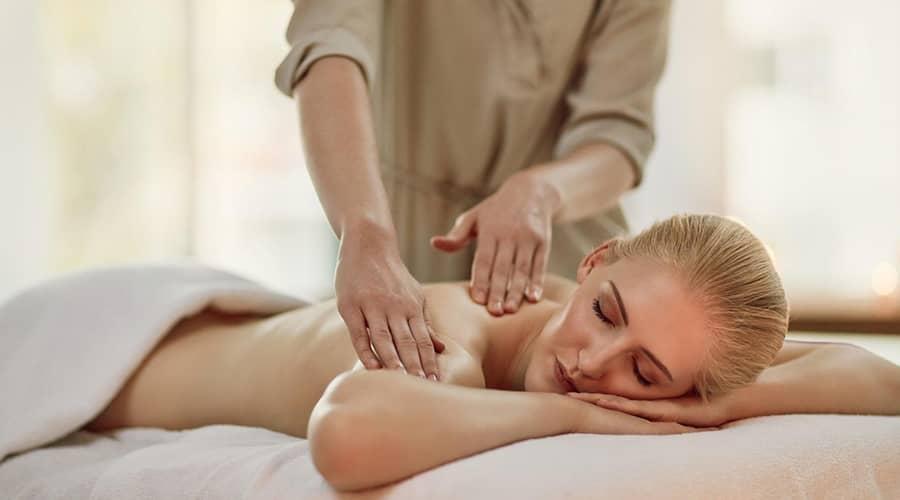



Joint pain affects many people, especially due to age-related changes such as osteoarthritis. In addition to traditional treatment options like medication and surgery, massage is becoming an increasingly popular and effective alternative for relieving pain and improving quality of life. But how can massage help with joint pain, and why should it be incorporated into a pain management plan?
During a massage, the therapist works on different muscles and tissues of the body, which can be beneficial for relieving joint pain in several ways:
So, how can massage help with joint pain? By addressing both muscular tension and inflammation while supporting circulation, it provides a comprehensive, natural approach to relief.
There are several types of massage that can relieve joint pain, each working in different ways:
Again, how can massage help with joint pain? By tailoring the type of massage to individual needs, it addresses different sources of discomfort effectively.
Massage offers several benefits for those suffering from joint pain:
How can massage help with joint pain when practiced regularly? It not only relieves physical symptoms but also addresses psychological factors that contribute to chronic pain.
While massage can be effective for managing joint pain, it’s not suitable for every situation. Massage is especially recommended:
However, massage is not recommended in cases of severe inflammation, infection, or injury. Always consult a medical professional to choose the appropriate treatment method.
Besides massage, there are several natural options that may help relieve joint pain. One of the most popular and effective alternatives is the use of natural ingredient-based balms, which—unlike steroid treatments—are gentle on the body while still helping reduce pain.
These balms often contain herbs and natural oils like rosemary, pine, menthol, or camphor. Such ingredients can help reduce inflammation, ease pain, and improve local blood circulation. Many balms penetrate deep into the skin, delivering their beneficial compounds directly to the joints.
How can massage help with joint pain when combined with natural balms? While massage helps relax muscles and improve circulation, balms reduce inflammation and relieve pain. Together, these methods can provide faster and longer-lasting relief—without the burden of synthetic chemicals.
Maximum Balm is the ideal choice if you want to relieve joint pain and rheumatic symptoms—naturally! With unique ingredients like menthol, rosemary, and camphor, this balm absorbs quickly and helps reduce inflammation and ease pain. It’s a gentle yet effective solution that contains no steroids, while still delivering fast and lasting results.
It’s the perfect complement to massage therapy, supporting healing and pain relief. Don’t miss out—try Maximum Balm today and enjoy the benefits of natural pain relief!
With all these insights, the answer to the question “How can massage help with joint pain?” is clear: it’s a versatile, natural, and effective option that complements other therapies, including herbal balms, for joint care.


HillVital balms are your reliable support for an active life, crafted from natural ingredients!